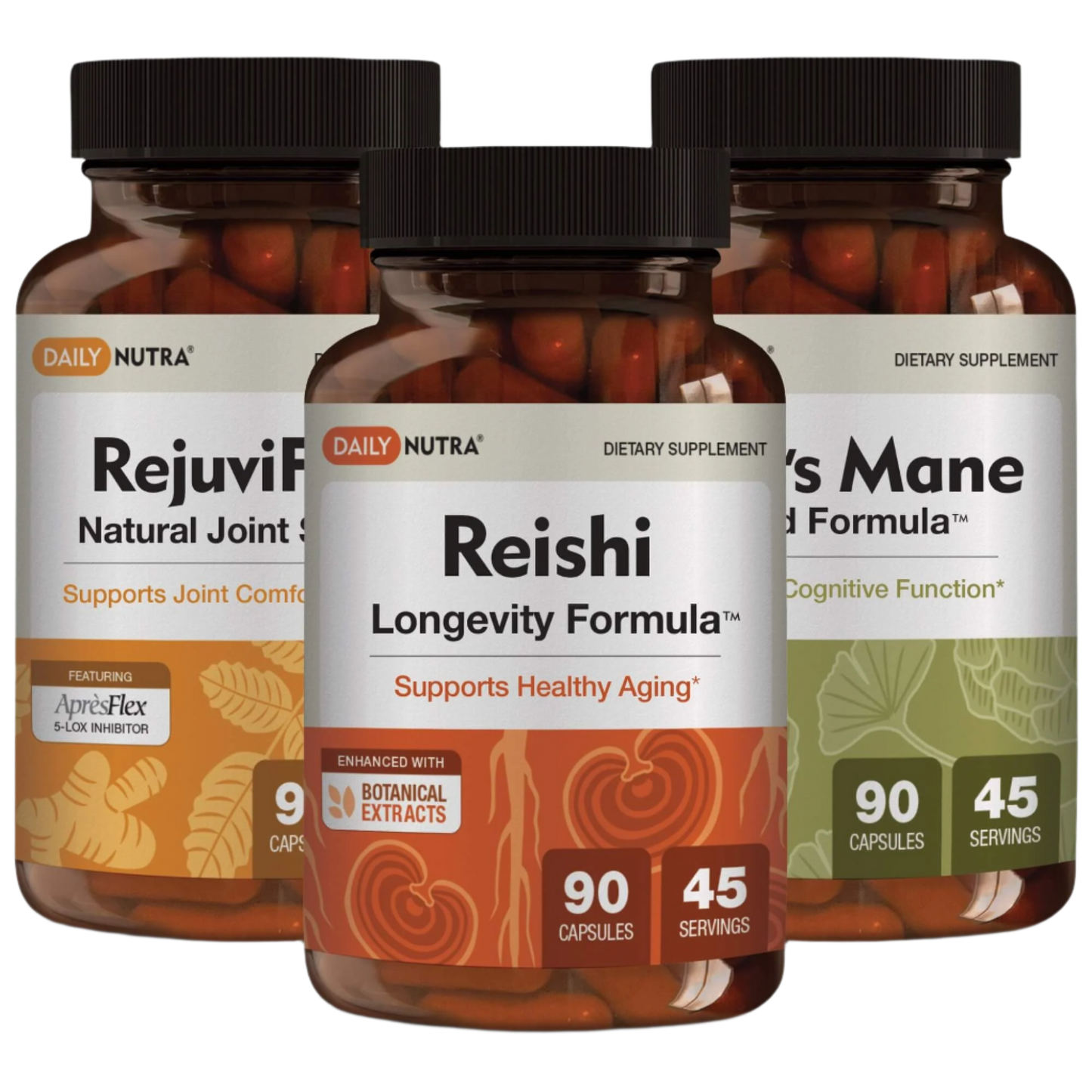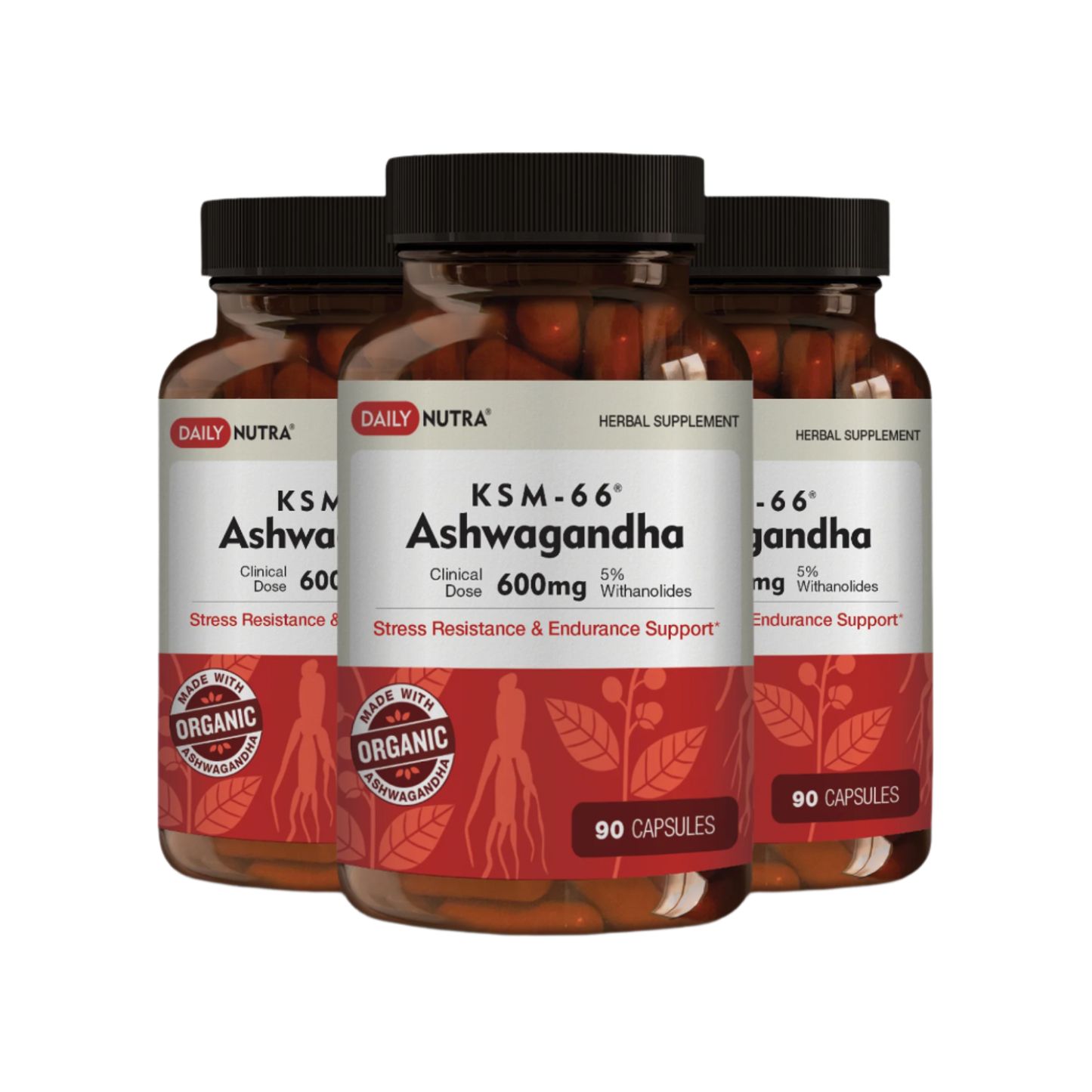Abstract Summary
Shiitake mushroom stems, often discarded due to their fibrous texture, are indeed edible and can be utilized in various culinary applications. While they may not be suitable for direct consumption in dishes requiring tender textures, their rich umami flavor makes them valuable for broths, stocks, and flavor enhancers in various recipes.
Objective
This research aims to explore the edibility, nutritional value, and culinary applications of shiitake mushroom stems, providing insights into their potential uses and benefits
Context
Shiitake mushrooms are renowned for their rich flavor and are commonly used in various cuisines. While the caps are widely utilized, the stems are often discarded due to their toughness. However, considering sustainability and the potential nutritional benefits, it's essential to assess the value of these often-overlooked parts.
Methods Used
A comprehensive review of culinary literature, nutritional studies, and expert opinions was conducted to gather information on the edibility and uses of shiitake mushroom stems. Sources included peer-reviewed journals, culinary websites, and expert chef recommendations
Approach
The research involved analyzing the texture, flavor profile, and nutritional content of shiitake stems. Additionally, various preparation methods were examined to determine the best ways to incorporate the stems into cooking.
Data Collection
Data was collected from reputable culinary sources, nutritional databases, and expert interviews. Emphasis was placed on practical applications, preparation techniques, and the potential health benefits associated with consuming shiitake stems.
Researchers’ Summary of Findings
Impact on Health
Shiitake stems contain dietary fiber, essential vitamins, and minerals similar to the caps. They also possess compounds like lentinan, known for their immune-boosting properties. Incorporating the stems into diets can contribute to overall nutritional intake and support health.
Health Implications
Consuming shiitake stems can reduce waste and promote sustainable eating practices. When prepared properly, they are a beneficial addition to meals due to their nutritional value, which enhances digestive health and provides essential nutrients.
Sustainability
By reducing waste and using the entire mushroom, including the stems, this aligns with sustainable cooking methods. Incorporating stems into broths, stocks, and other dishes maximizes the use of the mushroom and supports environmentally conscious cooking.
DOI
10.1016/j.foodres.2020.109574





